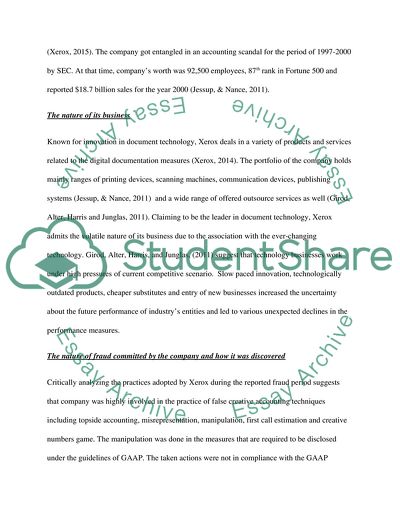Cite this document
(“Xerox Corporation Case Study 03066 Essay Example | Topics and Well Written Essays - 2500 words - 1”, n.d.)
Xerox Corporation Case Study 03066 Essay Example | Topics and Well Written Essays - 2500 words - 1. Retrieved from https://studentshare.org/finance-accounting/1681898-xerox-corporation-case-study-03066
Xerox Corporation Case Study 03066 Essay Example | Topics and Well Written Essays - 2500 words - 1. Retrieved from https://studentshare.org/finance-accounting/1681898-xerox-corporation-case-study-03066
(Xerox Corporation Case Study 03066 Essay Example | Topics and Well Written Essays - 2500 Words - 1)
Xerox Corporation Case Study 03066 Essay Example | Topics and Well Written Essays - 2500 Words - 1. https://studentshare.org/finance-accounting/1681898-xerox-corporation-case-study-03066.
Xerox Corporation Case Study 03066 Essay Example | Topics and Well Written Essays - 2500 Words - 1. https://studentshare.org/finance-accounting/1681898-xerox-corporation-case-study-03066.
“Xerox Corporation Case Study 03066 Essay Example | Topics and Well Written Essays - 2500 Words - 1”, n.d. https://studentshare.org/finance-accounting/1681898-xerox-corporation-case-study-03066.


